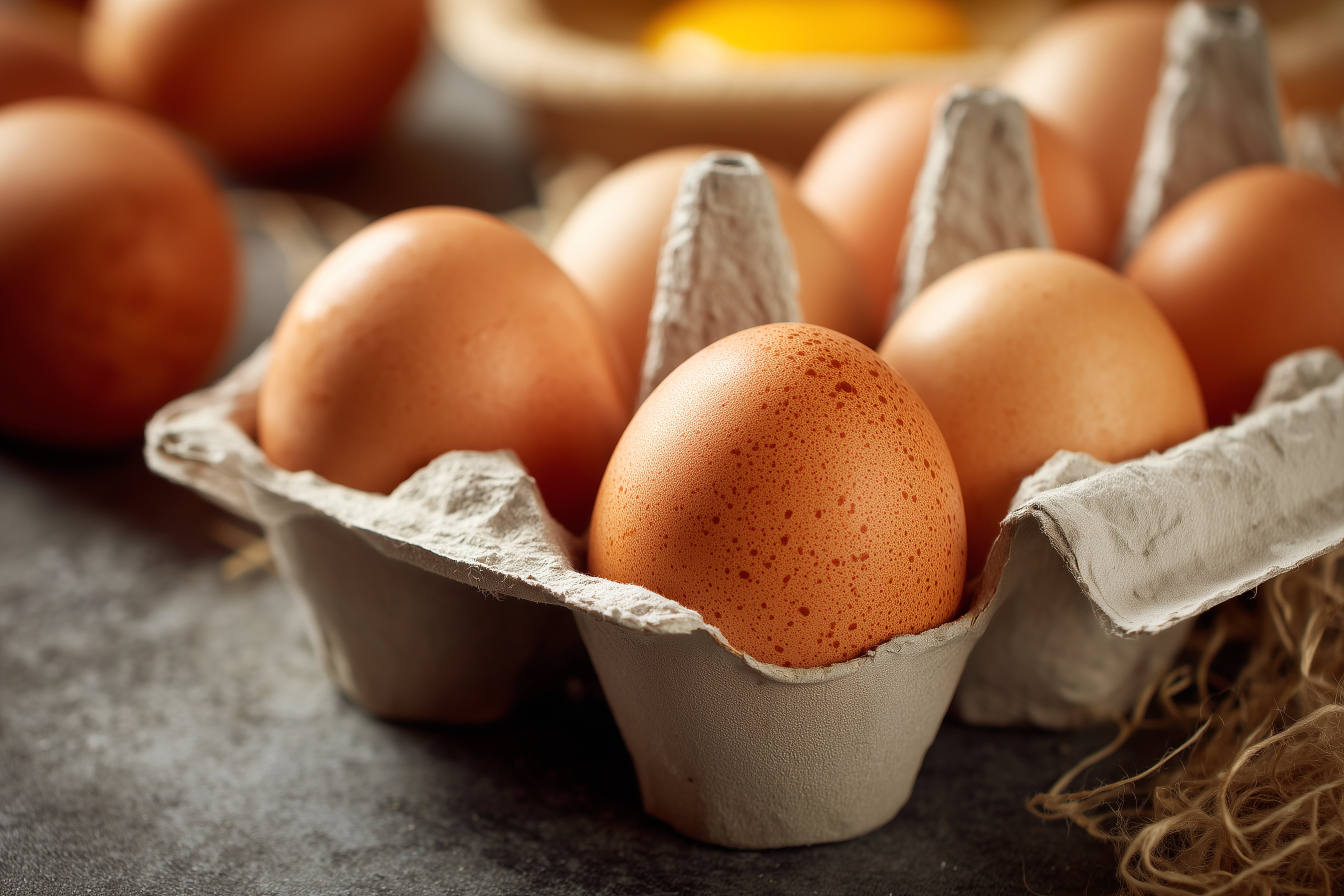
With rapid advances in Artificial Intelligence (AI), we are seeing the emergence of AI-based technologies in a wide range of sectors. An area of particular interest is applications of AI in the MedTech sector, which promise significant benefits in terms of patient care and treatment outcomes. Current applications of AI in MedTech include, amongst many others, robot-assisted surgical systems, AI-controlled radiotherapy, AI-based analysis of medical images, and real-time monitoring of patient data.
As discussed in our report How AI is Shaping the Future of MedTech, there has been a recent sharp increase in patent filings for AI inventions in the MedTech sector, showing that this is a rapidly growing sector with a strong focus on technical innovation. From a patents perspective, the crossover between AI and MedTech is a highly specialised area of the law. This is because applicants must contend with rules around patenting software inventions on the one hand, and the patenting of medical techniques on the other.
In this blog, we take a closer look at how exclusions at the EPO and UKIPO around medical methods affect patentability of AI inventions in the MedTech field, and how applicants can seek to avoid these exclusions.
Medical Exclusions at the EPO and UKIPO
According to Article 53(c) EPC, patents shall not be granted in respect of methods for treatment of the human or animal body by surgery or therapy and diagnostic methods practised on the human or animal body. There is a similar provision in Section 4A(1) of the UK Patents Act. The purpose of these exclusions is to ensure that medical practitioners do not have to worry about questions of patent infringement when carrying out a medical procedure on a patient.
So, what do these medical method exclusions mean for AI inventions in MedTech?
Put simply, a method of surgery, therapy, or diagnosis performed on the body will fall within the exclusions, regardless of whether the method is partially or completely performed with a computer or AI system. This means that the medical method exclusions cannot be avoided simply by incorporating an AI model or computer-based system into the method. As with more “traditional” medical methods, the key consideration remains whether the method involves an intervention on the body, even if the invention is controlled by an AI model rather than a human.
Avoiding the Medical Exclusions
Crucially the medical exclusions discussed above only apply to methods for treatment. However, the exclusions do not apply to products or apparatus used in such methods.
Accordingly, if possible, patent claims should be directed to the apparatus or hardware used in the method, rather than to the method itself. The apparatus should ideally be claimed in an “on the shelf” state, i.e. not in use. This can generally be achieved using “configured to” type language, to avoid reciting active method steps.
In the case of an AI-based invention, the patent claims may for example define a system that includes an AI model and specify the manner in which the AI model is configured to interact with other parts of the system to achieve its function. For instance, the claims could specify how the AI model is configured to receive a set of data inputs (e.g. from sensors in the system), and to generate certain outputs in response to the data inputs. The claims could further specify how the system is configured to use the outputs from the AI model, e.g. to control an operation of a piece of hardware. Such claims, when drafted properly, will fall outside of the medical method exclusion. The claims will then need to be assessed for novelty and inventive step in the usual manner.
For many AI MedTech inventions, it may also be possible to claim a method or process involving the AI model, without falling into the exclusion. This will be the case if the method can be claimed without including any steps performed on the body as part of the claimed subject-matter. Thus, for example, if the claim only recites data processing steps performed by a computer system and/or AI model, the claim will not fall within the medical method exclusion. So, a claim could be directed to a method of using an AI model to analyse physiological data from a patient, and/or providing a diagnosis based on the physiological data, without being caught by the medical method exclusion. On the other hand, if the claim were to recite a step performed on the body for obtaining the physiological data (e.g. taking a blood sample from the patient), and/or a step performed on the body in response to the AI model’s output, then the medical method exclusion would apply.
The medical method exclusion can also be avoided when claiming a method of training the AI model, as long as the claim does not also include a step of using the trained model to perform a medical intervention on the body. So, even if the end use of the AI model may not be patentable due to the exclusion, it may be possible to obtain indirect protection for the AI model via the training method.
In light of the above, whilst the exclusions for medical methods may at first appear quite broad, there is a variety of ways in which AI inventions in MedTech can be patented. When it comes to preparing a patent application, applicants should carefully consider the different types of apparatus and method claims that may be available to maximise the scope of protection around their invention.
International Perspective
It is worth remembering that not all jurisdictions include medical method exclusions to patentability, and there are significant variations in how different patent offices around the world approach medical methods. Notably, in the US it is possible to patent medical methods that involve steps performed on the body.
As shown in our report, applicants for AI MedTech inventions are filing patent applications in a wide range of jurisdictions, including Europe, the US, China, and Japan (among others). It is therefore important for an applicant to consider their international filing strategy when drafting the patent application, to ensure that the patent application will provide suitable protection in their jurisdictions of interest, taking into account the variations around patentability of medical methods. Ideally, a certain amount of flexibility will be built into the patent application, to enable it to cope with different patentability exclusion rules around the world.
As an example, a European applicant who is first-filing in Europe should consider including in their application claims for both the apparatus and the medical method. Although the medical method claims may not be allowable in Europe, they could provide valuable protection if the application is subsequently entered into the US. Conversely, US applicants wishing to obtain protection in Europe should ensure that there is suitable basis in the application as filed for claiming the apparatus on its own (i.e. not as part of the method), to ensure that they do not fall foul of the medical method exclusions.
Outlook
There are strong opportunities for protecting AI inventions in the MedTech space. By carefully considering different types of available patent claims, applicants can make sure that their application is not caught by the medical method exclusions at the EPO and UKIPO. Variations in how different patent offices around the world deal with medical methods can provide challenges, as well as opportunities for applicants seeking to build an international patent portfolio. It is therefore important to build a patent application with international filing strategy in mind, so as to maximise the scope of protection in jurisdictions of interest.
Our AI & MedTech team are specialists in protecting AI inventions in the MedTech field. We can help you navigate the complex patent rules in this area, and work with you to develop a tailored and commercially focused IP strategy for protecting your inventions.
Daniel is a Partner and Patent Attorney at Mewburn Ellis. Daniel is a UK and European patent attorney working in the fields of electronics, software and engineering. He handles a range of patent work, particularly the drafting and prosecution of UK, European and PCT applications, as well as patent prosecution in a variety of jurisdictions such as the US, Japan and China. Daniel also regularly advises clients on FTO and patent-landscaping projects, and has experience of examining and opposition division oral proceedings at the EPO.
Email: daniel.brodsky@mewburn.com
Sign up to our newsletter: Forward - news, insights and features
Our people
Our IP specialists work at all stage of the IP life cycle and provide strategic advice about patent, trade mark and registered designs, as well as any IP-related disputes and legal and commercial requirements.
Our peopleContact Us
We have an easily-accessible office in central London, as well as a number of regional offices throughout the UK and an office in Munich, Germany. We’d love to hear from you, so please get in touch.
Get in touch

-1.png)